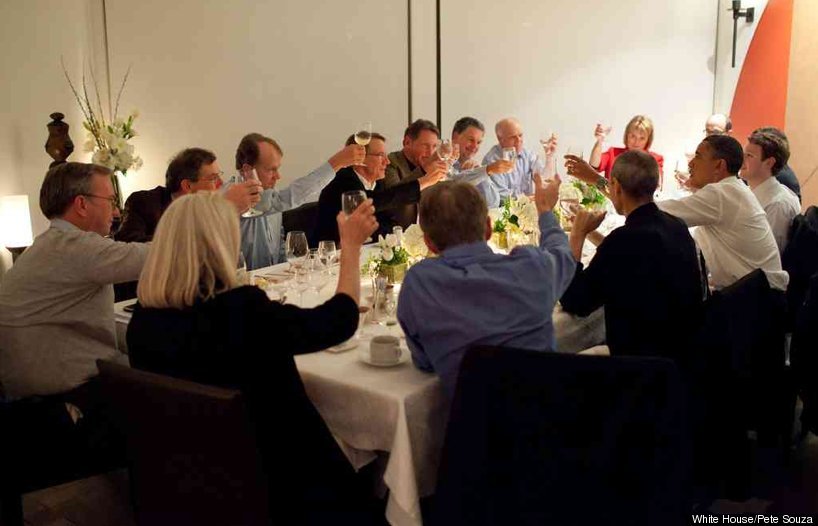Facebook has built a couple of buildings in Prineville and Forest City for west coast and east coast presence. What has been surprising to some is length of time it takes Facebook to build these data centers. The fast guys know how to get a data center finished in 12 month or less from project start.
When Facebook announced its Altoona data centers there were a few us who were wondering if Facebook could finally achieve the 12 month build schedule. The project was announced in Apr 2013.
Facebook is behind $1 billion data center project in Altoona, statehouse sources say
And 12 month later Facebook is almost done.
Almost finished with the first building. So let’s get started on another!
April 28, 2014 at 8:00amA little more than a year ago, we announced that Altoona would be the home for our newest data center. Since then, more than 460 people, mostly from the central Iowa region, have worked every day on the project, logging more than 435,000 hours in the ongoing construction of the 476,000-square-foot building. We couldn’t be more pleased by the progress we’ve made, and we’re grateful for the kindness we’ve received from our friends and neighbors here in Altoona.
In this above announcement is where Facebook announced it is building a 2nd building which is similar so should be able to built in 12 months. The one thing that is different beside the designs of the data centers is the contractor who is named in this post.
As we begin construction of Altoona 2, watch our Altoona Data Center page for updates. If you’re interested in working on the Altoona 2 construction project, please contact our general contractor, Turner Construction through their Facebook page or visit our Altoona Data Center page for updates.
Construction and assembly work continues inside a data hall at Facebook's Altoona, Iowa, data center.
Inside an electrical room at the Facebook data center in Altoona.









